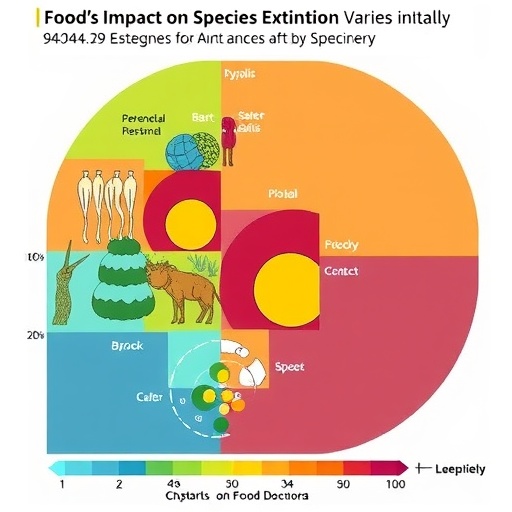Every winter, snow and ice dusts mountains and makes roads slick in cold climates. This phenomenon is ages old, but a detailed explanation for how ice crystals form has eluded us. In a study appearing in the journal ACS Omega, scientists now report a method to visualize ice in three dimensions as it grows. This knowledge could have a range of potential uses in materials science, geophysics, biology and food engineering.
What scientists know for sure is that ice shape and size depend on a number of factors, such as pH, the speed at which the temperature drops and the composition of additives. They have tried controlling ice shape by adding a variety of compounds, including sugar, ethanol and naturally occurring anti-freeze proteins from fishes, plants and insects. But to gain a deeper understanding of how ice forms — and potentially to have better control over the process — scientists have been working on new ways to watch crystals grow in real time. Several methods have been attempted, but none have provided reliable 3-D visualizations. A team of scientists from the Ceramics Synthesis and Functionalization Lab in France took a different approach.
The researchers demonstrated that confocal laser scanning microscopy and image analysis can rapidly capture a series of pictures showing the ice crystals growing. The images can then be used to measure how fast the crystals expand and lengthen. The approach has promise for further studying ice growth under varying conditions and with the addition of polymers, proteins or other compounds, the researchers say.
###
The authors acknowledge funding from the European Research Council.
Watch ice crystals form in this video.
The American Chemical Society is a nonprofit organization chartered by the U.S. Congress. With nearly 157,000 members, ACS is the world's largest scientific society and a global leader in providing access to chemistry-related research through its multiple databases, peer-reviewed journals and scientific conferences. Its main offices are in Washington, D.C., and Columbus, Ohio.
To automatically receive news releases from the American Chemical Society, contact [email protected].
Follow us: Twitter Facebook
Media Contact
Michael Bernstein
[email protected]
202-872-6042
@ACSpressroom
http://www.acs.org
############
Story Source: Materials provided by Scienmag




